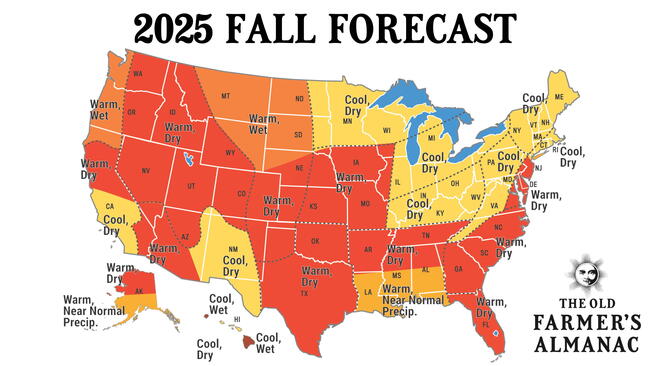
Subhead
How to Calculate a Chance of Rain
More Like This
From NH and spending time in Alabama between Pensacola FL & mobile AL, have weather forecasts in both areas. A saying about rain potential in the north is When the cows are laying down, it’s going to rain”. That has proven true in many cases. In both the north and south weather forecasts are frustrating. They seem to be highly emotional for potential disasters, floods (gully washers), to droughts. The average rainfall in Mobile is over 72 inches making it having the most rain in the country as reported locally. Pensacola FL is a close second, 50 miles apart. Not Oregon. Noted potential Hurricane forecast tracks utilizing about 15 models, all being different. Have to wait it out and see where they are going and take precautions. Many Hurricane escape routes marked. I’ve escaped Katrina.
The sensationalized forecasts are a “wait and see” proposition. Being in between Mobile and Pensacola the storm tracks usually traverse from New Orleans North East to TN & NC and then turn north to New England. I’m in a pocket here escaping most storms. But rain does affect the area. The soil is mostly sand, so it filters into it and is gone, not accumulate very long. Storms come in from the Gulf and drains back into it. Hurricane Sally was a slow mover, dumped 30 inches here. We survived.
I had an acquaintance that flew on the Hurricane tracker planes into the eye. The videos of that is amazing. They flew out of southern FL. Hurricane season is June 1st to December 1st. But some hurricanes happened after Dec 1, they didn’t believe the norms.
Trust the cows!
Here in Tucson they say 60/70/60% chance of rain today/tonight/tomorrow afternoon respectively all the time during out monsoon season. And it does not rain. It is as if predicting rain increases their ratings or advertising revenue or something. As the math in the article shows, it is VERY unlikely that it won't rain. I have watched them be totally wrong, day after day for over a decade. The break it down town by town, city by city. I ONLY pay attention to where I live, Tucson. Oh it rains in Bisbee, Nogales, Sierra Vista, Green Valley, Oro Valley, Safford, Lukeville, Benson, Ajo and Willcox. But as I watch the precipitation radar, it dissipates, or goes AROUND Tucson. After years and years, the local news weather meteorologists still can't get it through their heads that there is a heat dome over Tucson that diverts rain unless there is so much moisture in the air it condenses like water on a glass of lemonade.
After it DOES'T rain over and over again, nary a "oops, we were wrong again" statement.
Interesting; I'd always wondered why forecast says Rain; then we get light showers; (a bumbershoot is an umbrella; I had to look it up):
I just carry a bumbershoot









Comments